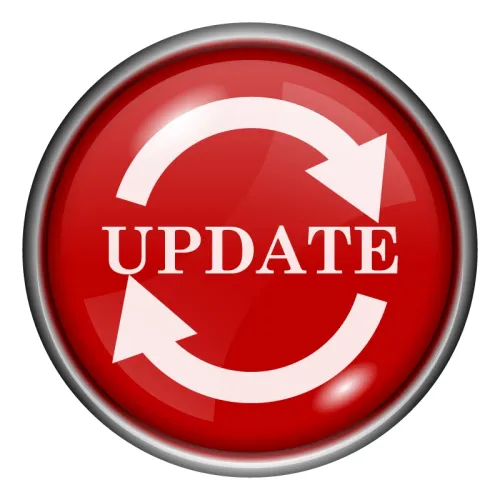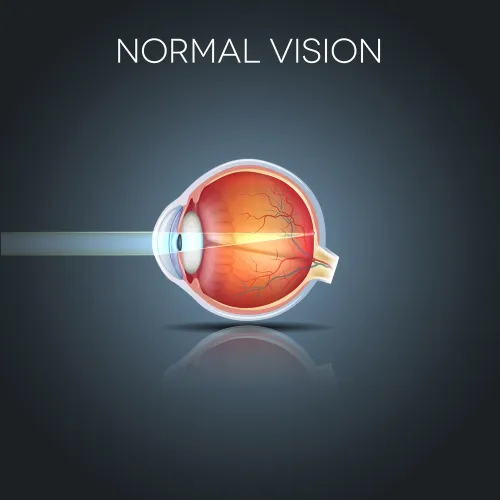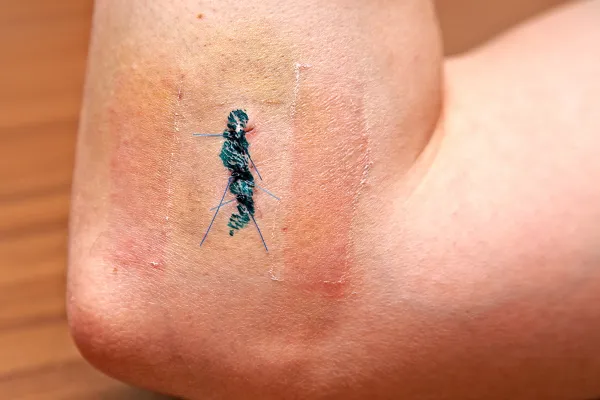Brace Yourself for Final MOON Implementation

Document reasons for outpatient status to avoid audit hotspot. Worried about complying with the final Medicare Outpatient Observation Notice (MOON) form effective March 8? Now that Office of Management and Budget (OMB) has approved the final draft, it’s time to get up to speed on the form and prepare yourself for a seamless implementation. Know These MOON Basics The Federal Notice of Observation Treatment and Implication for Care Eligibility Act (NOTICE Act), passed on August 6, 2015, makes the MOON mandatory for hospitals and critical access hospitals (CAHs) to notify patients of their observation status and related implications. Although the final rule implementing the NOTICE Act was released on August 2, 2016, CMS posted the final OMB approved version of the MOON on December 8, 2016. Deadline: Hospitals and critical access hospitals should gear up to provide MOON to requisite patients by March 8, 2017. Why is the MOON required? The MOON aims to help eliminate billing and eligibility surprises Medicare beneficiaries might experience due to admission for observation, including enormous out of pocket costs, and the fact that outpatient observation services do not count toward SNF coverage eligibility. “There is a lot of confusion over whether a patient is inpatient or outpatient when they stay overnight in a hospital,” says Sarah Goodman, MBA, CHCAF, CPC-H, CCP, FCS, president of the consulting firm SLG, Inc., in Raleigh, N.C. “Most patients think once you spend the night, you are inpatient. The co-pays and deductibles for outpatient care are much higher for outpatients and outpatients cannot qualify for a SNF stay afterward and so clarification is greatly needed.” Charter the MOON Specifics The standardized content of the MOON should include all essential information in a language which the patient and his caregiver can easily understand. The notice must: o Ineligibility for Medicare coverage of Skilled Nursing Facility (SNF) services and cost sharing. The MOON must be signed by either the patient or his representative. The hospital will need to retain this document, either in paper or electronic form. Soak in the Full MOON The MOON appears to be unchanged from the version proposed to OMB by CMS in August of last year. In addition to indicating the patient’s name and patient identification number on the form and obtaining the requisite signatures, the MOON also contains two free-text fields. The first requires the hospital or CAH to indicate the reason why the patient is under outpatient observation rather than being an inpatient. CMS won’t accept a generic explanation, so you’ll need to spell out the specific reasons for each patient who receives a MOON form. The second text field includes an “additional Information” section which the hospitals could use to provide information including, but not limited to: MOON hits where it hurts the most: “The biggest issue is the admitting orders,” says Tina Osburn, RHIT, Coder at Signature Performance, Inc. Omaha, NE. “Some patients who should be admitted as observation aren’t and some of the ones who do get admitted [for] observation, end up staying longer.” Enter the RAC hotspot: The decision to mark a patient as inpatient rests on the clinical judgement of the physician, based on severity of the condition, the type of monitoring required and other considerations. However, RAC auditors tend to question the medical necessity later, putting the provider or hospital in a difficult spot. “The doctor is responsible for identifying the diagnoses and the ‘specific reason’ equates to that,” Goodman affirms. “Observation orders are often lacking this critical piece of info.” Decide Who Will Serve the MOON Who should deliver the MOON in your facility? For now, CMS has left this at the discretion of the individual hospitals and CAHs. “Someone from the Utilization Review/Case Management department might be likely” to take up this role, Goodman says. Tip: Make sure the staff member who delivers the MOON is able to explain the contents of the notice and assist in answering the patient’s questions in compliance with the verbal notification requirements of the NOTICE Act. Practical Takeaways: “Educating providers and ancillary staff will be important, and the compliance and financial risks should be explained,” says Michael Harris CPC-I, CCS, CPC, Coding Compliance Manager, Mount Sinai Medical Center, New York. Now is the time to gear up and update your policies to synchronize with the NOTICE Act’s requirements. Identify personnel without further delay and train them to deliver the MOON — from explaining its contents to obtaining the requisite signature(s). “I would start implementing this into the workflow now, by March 8, 2017 it should be common practice,” Harris says. Reference: To access the final MOON form along with instructions, go to: https://www.cms.gov/Medicare/Medicare-General-Information/BNI/index.html?redirect=/bni. The zip file contains For a look at the 2016 version of the form and supporting statement from CMS, visit https://www.cms.gov/Regulations-and-Guidance/Legislation/PaperworkReductionActof1995/PRA-Listing-Items/CMS-10611.html. The zip file includes
o Being subject to Part B outpatient charges.




